© 2024 All Right Reserved.
Mid-America Hunting Association
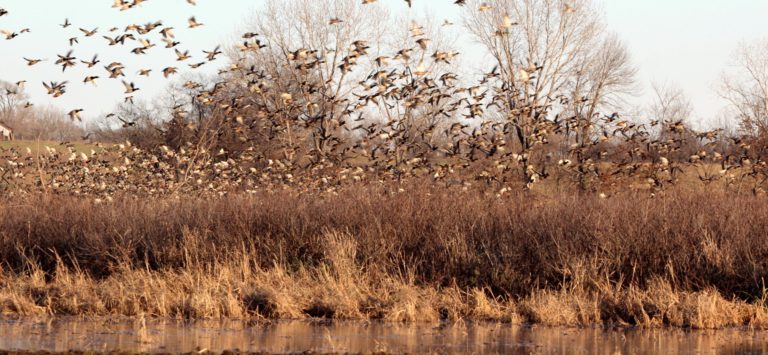
Duck hunting with the Association is controlled by an online and telephone reservation system. Reservations can be made as early as the day of your hunt and not earlier than 30 days in advance. Members will never be denied a spot to duck hunt during the entire season.
Our waterfowl leases are primarily in Missouri covering both the North and Middle Zones. Most of our Middle Zone land is less than a one hour drive from Kansas City. We also have duck hunting leases in Kansas with ponds, lakes and crop stubble fields..
Our managed wetlands have been enhanced with levees and stop log pipe structures to drain, plant and flood food plots and moist soil vegetation. Our land acquisition, development and annual maintenance has been an ongoing endeavor since 1981.
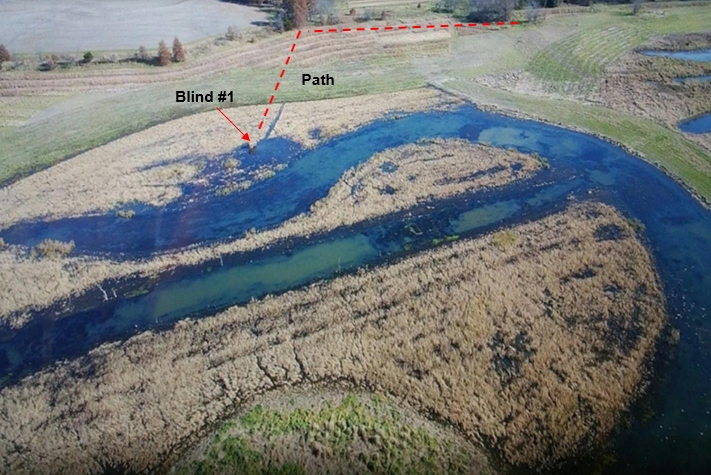
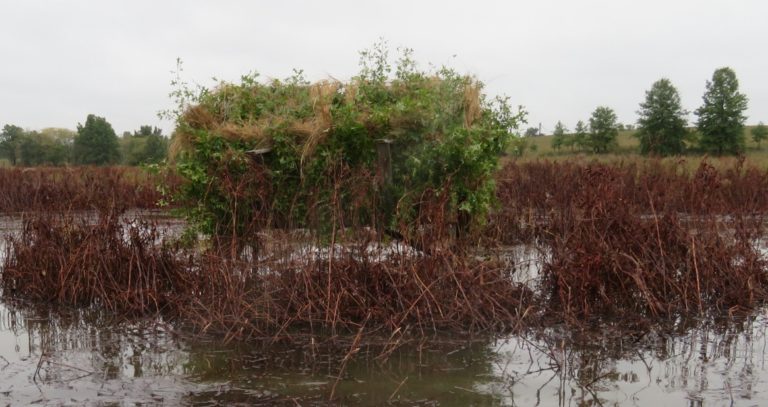
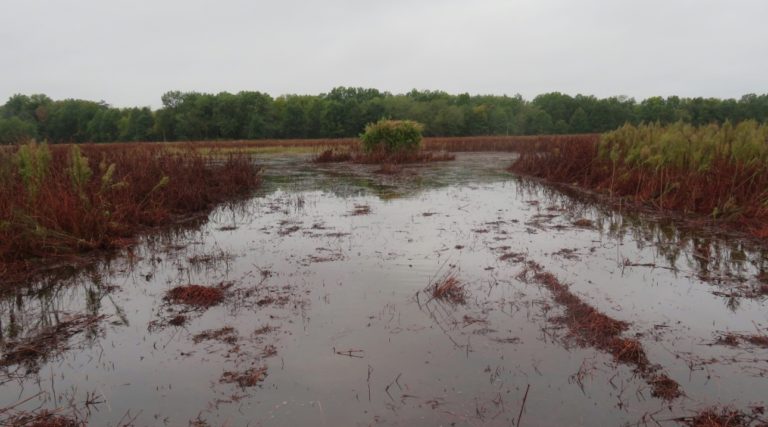
All of our managed wetlands are chest wadable and boats are not required. Small sled boats to drag decoys and gear to and from the blinds and wade-in areas are encouraged.
It might just be theory, but since the Duck Dynasty era the demand and popularity of duck hunting has increased considerably.
The waiting lines to draw blinds at the Missouri Department of Conservation public duck hunting areas are getting longer each year. It’s not uncommon to get turned down and not be able to hunt that day. Association hunters will never be denied a spot to duck hunt during the entire season. They may not always get their first choice on one given day for one particular blind, lake or wade-in area, but there will always be a blind or wade-in area open for he or she to hunt that day.
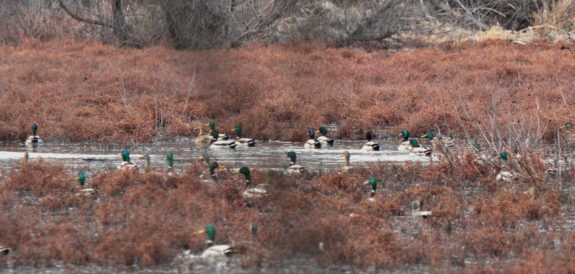

The majority of our managed wetlands food plots are smartweed and a variety of millet, depending on when we drain the lake beds. During drought years we disc and plant as much food for the ducks as possible. This also helps keep the undesirable vegetation down. Moist soil vegetation is very attractive to both ducks and geese in our region.
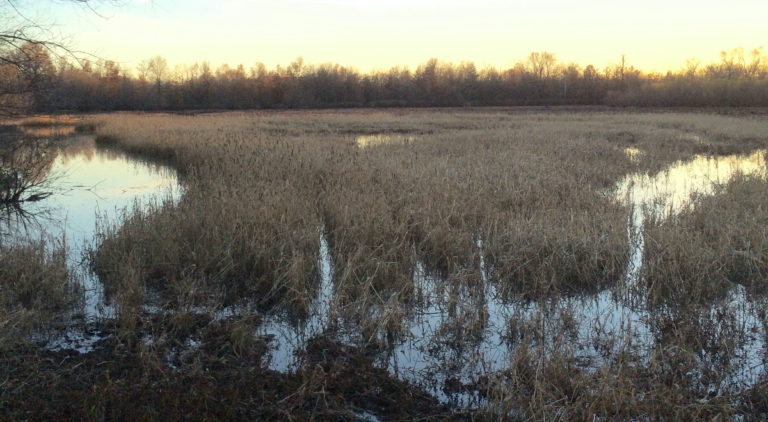

A stand of Japanese millet that was broadcast over a mud flat early July. The food plot on this wade-in marsh produced well that season.
The duck hunting industry has advanced in leaps and bounds over the years with portable blinds for both the dog and hunter. We have the habitat to accommodate any type of field or wetland set up.
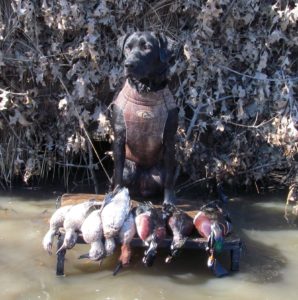
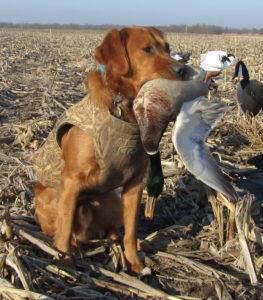
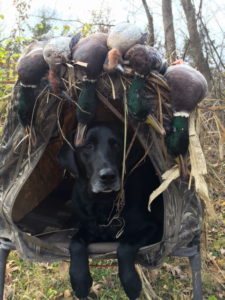
© 2024 All Right Reserved.
Mid-America Hunting Association
© 2024 All Rights Reserved
Mid-America Hunting Association